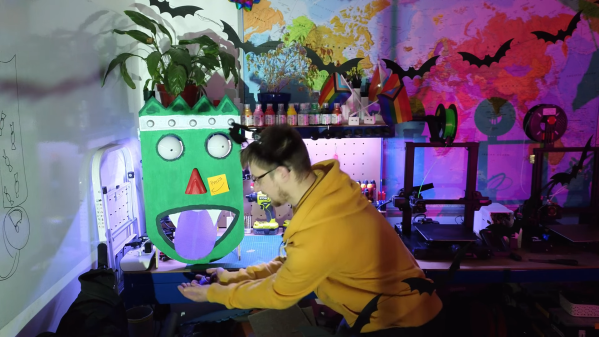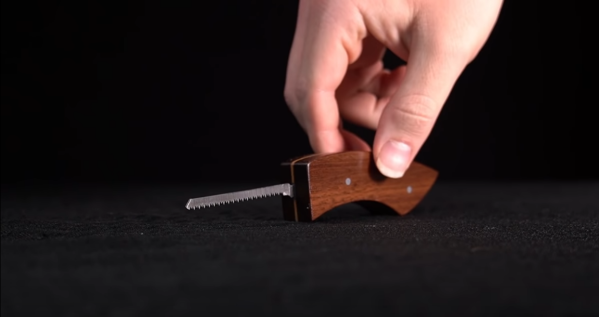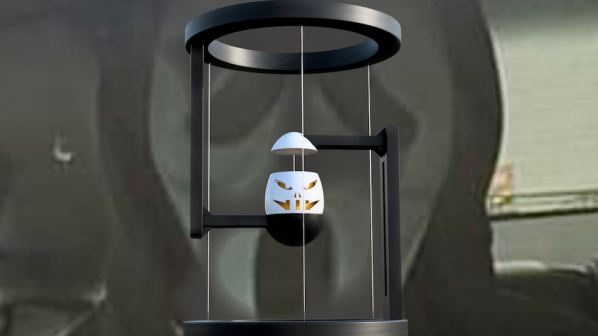The best cauldrons are full of bubbling, steamy potions of great magical potential. We don’t have many of those in the real world, though, so sometimes we have to make do with a simulacra. [wannabemadsci] has built just that, with this fogging cauldron prop that uses no fog fluid or dry ice, running solely with water instead.
The heart of the build is a piezo element that vibrates at ultrasonic frequencies to atomize water. They’re available from websites like AliExpress complete with a driver circuit to energize the piezo element. The water is delivered from a wetted fiber wick, and quickly becomes a fog when the piezo is energized.
The disk was installed in a custom PVC water cup with the wetted wick, along with the electronics. The assembly was then lowered into an off-the-shelf plastic cauldron party favor to complete the look. The trick is to mount the piezo element sideways to get a nice-looking distribution of fog. A green LED was installed to light the cauldron from within.
The resulting effect is a sinister-looking glowing cauldron with a steady stream of fog emanating from the top. It’s a great piece of Halloween decor, and as a bonus, it doesn’t require any fancy chemicals to make it work. If you’re thirsty for more, be sure to check out the winners of last year’s Halloween Hackfest. Video after the break.


















